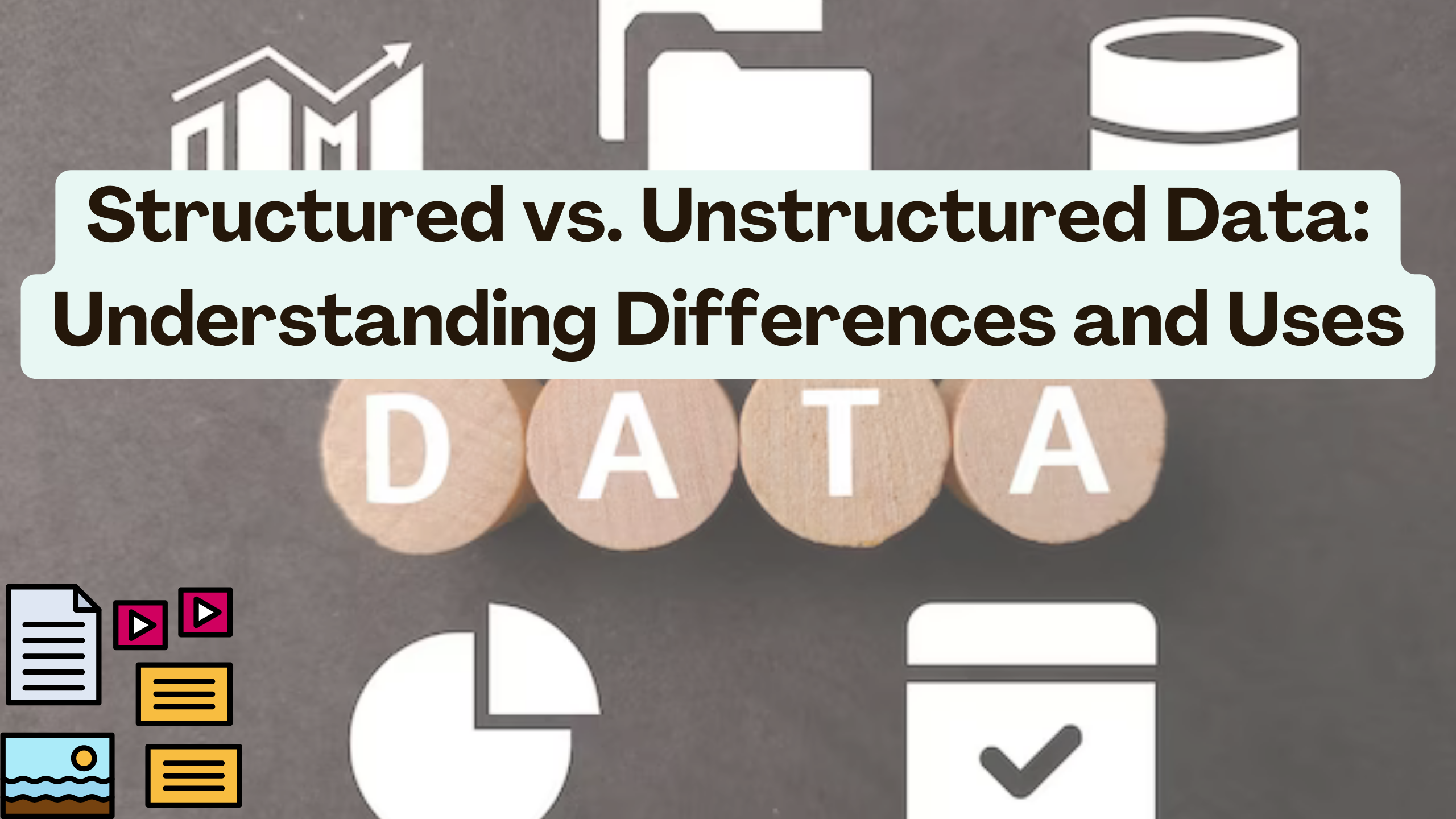Structured vs. Unstructured Data: Understanding Differences and Uses
- Data as a Service (DaaS) Software Marketing & Analytics


Structured vs. Unstructured Data: Understanding Differences and Uses
In the ever-evolving landscape of data management, the distinction between structured and unstructured data plays a pivotal role. This article delves into the nuances of structured and unstructured data, unraveling their differences, and exploring their varied applications. Alongside, we’ll introduce a curated selection of innovative Software as a Service (SaaS) products designed to streamline data management processes.
Unraveling the Dichotomy: Structured vs. Unstructured Data
Structured Data
Structured data is highly organized and formatted, often residing in databases with predefined schemas. Examples include spreadsheets, relational databases, and CSV files. Its inherent organization makes it easily searchable and analyzable.
Unstructured Data
Unstructured data lacks a predefined data model, presenting challenges in terms of organization. This type encompasses text-heavy content, multimedia files, and social media posts. Although challenging to analyze, unstructured data holds valuable insights.
Applications of Structured and Unstructured Data
Structured Data Applications
- Business Intelligence (BI): Structured data is integral for generating reports and deriving actionable insights through BI tools.
- E-commerce Transactions: Transactional records in e-commerce databases showcase the power of structured data in managing order details, customer information, and inventory.
Unstructured Data Applications
- Sentiment Analysis: Unstructured data from social media and customer reviews fuels sentiment analysis, offering insights into public opinion.
- Content Personalization: Unstructured data aids in tailoring content recommendations based on user preferences, enhancing the user experience.
SaaS Products Transforming Data Management
1. Microsoft SQL Server
- A robust relational database management system, Microsoft SQL Server excels in handling structured data.
2. MongoDB
- Ideal for managing unstructured data, MongoDB is a NoSQL database, offering flexibility in handling diverse data types.
Conclusion
In the dynamic landscape of data, understanding the distinctions between structured and unstructured data is crucial. Each type presents unique advantages, and the future of data management lies in effectively harnessing both. As you navigate this data-rich journey, leverage innovative SaaS solutions and the comprehensive offerings of Subscribed.FYI to stay ahead in the evolving world of data management.
Navigating the Future of Data with Subscribed.FYI
As data complexities continue to grow, Subscribed.FYI emerges as an indispensable ally in the realm of data management. Tailored for freelancers and small teams, our platform simplifies the understanding, comparison, and management of SaaS tools, including those dedicated to structured and unstructured data.
Informed Decision-Making for Data Solutions
Subscribed.FYI empowers you to compare various SaaS tools side by side, providing comprehensive insights into features, pricing, and user reviews. Make informed decisions for your data management needs and beyond.
Relevant Links
Explore more about the discussed SaaS tools and enhance your data management strategies:





